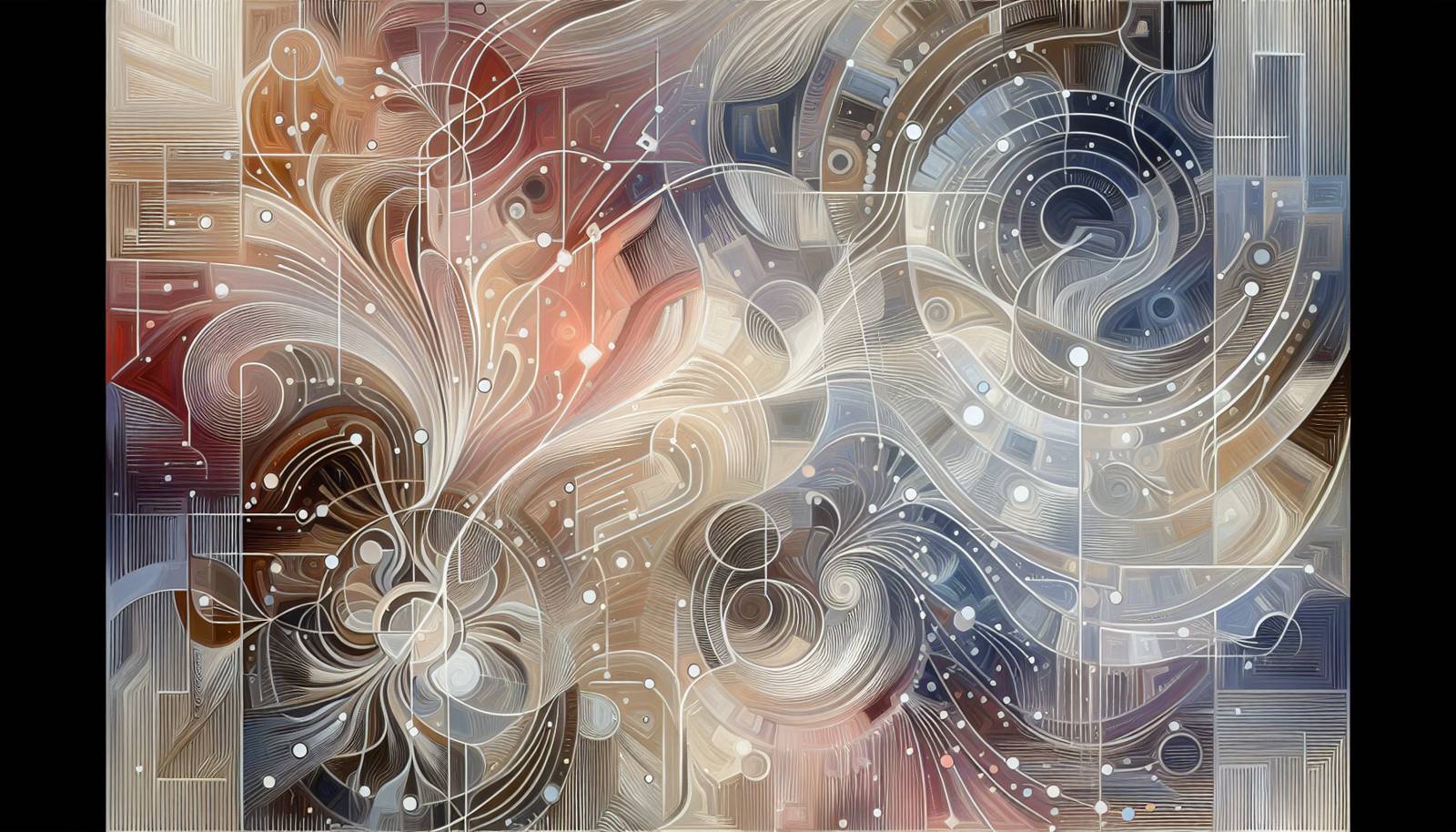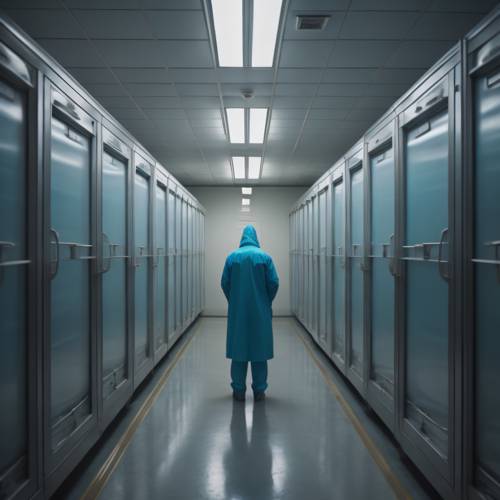
FAQ About The Impact of AI on Creative Arts

What is the role of AI in art creation?
AI plays a significant role in art creation by providing tools that can generate artworks quickly and in diverse styles. AI algorithms can analyze vast amounts of existing art to create new pieces, often leading to novel and unique designs. This technology assists artists in exploring new creative avenues and can overcome limitations in human imagination, offering elements of randomness and computational creativity.

How does AI influence art critique?
AI influences art critique by offering algorithms that can assess and analyze art based on established artistic principles and historical data. This AI-driven critique can help identify stylistic elements, predict trends, and even offer insights into the emotional impact of art pieces. While AI cannot replace human expertise, it serves as a complementary tool that augments the critique process with data-driven insights.

Can AI create original art?
AI can generate art that appears original in style and substance by using techniques such as neural networks and deep learning. These systems are trained on vast datasets of existing artwork to create new pieces that can vary in style, form, and concept. However, the notion of 'originality' remains complex, as AI relies on existing human-created art to generate its works.

What is AI-generated art?
AI-generated art refers to artworks created with the assistance or entirety of artificial intelligence algorithms. These programs can produce images, music, sculptures, and performances, often using techniques like neural networks and genetic algorithms. AI-generated art is marked by its ability to mimic or innovate upon existing styles and techniques.

How do audiences engage with AI-generated art?
Audiences engage with AI-generated art through exhibitions, digital media platforms, and virtual reality experiences. AI art often stimulates conversations about the nature of creativity and the role of technology in the creative process. The interactivity and innovation inherent in AI-generated art also provide audiences with new ways to participate in and experience art.

What are the ethical considerations of using AI in creative arts?
Ethical considerations include issues of authorship, originality, and ownership of AI-generated works. There are also concerns about transparency, the potential loss of human jobs, and cultural biases inherent in the datasets used to train AI models. Artists and technologists are actively seeking ways to address these concerns by creating ethical guidelines for AI use in the arts.

How is AI transforming traditional art forms?
AI is transforming traditional art forms by introducing new techniques and possibilities for creation. Painters and sculptors use AI tools to conceptualize ideas and produce innovative works, while musicians leverage AI to compose and arrange music. This integration allows for unprecedented customization and experimentation within traditional art disciplines.

What impact does AI have on the role of artists?
AI reshapes the role of artists by acting as a collaborator or tool that enhances their creative capabilities. While AI can automate certain creative processes, the artist's role evolves into one of curation, guidance, and the implementation of human creativity in harmony with AI’s computational power. This symbiosis can lead to more dynamic and multifaceted artworks.

Are there any notable examples of AI in creative arts?
Yes, notable examples include "The Next Rembrandt", an AI-generated painting crafted in the style of the famous artist, and the music album "I AM AI" by Taryn Southern, entirely produced with AI software. These examples showcase AI's ability to emulate and innovate within existing artistic frameworks.

How might AI change the future of creative arts education?
AI could revolutionize creative arts education by offering personalized learning experiences, generating novel teaching materials, and providing students with new tools for creation. Educators can incorporate AI to help students explore creativity beyond traditional methods, encouraging experimentation with algorithmic art and innovative technologies.

What technologies are used in AI for creative arts?
Technologies involved include machine learning, neural networks, deep learning algorithms, and natural language processing. These AI systems analyze data and learn from patterns to generate or critique artistic works, fostering new methods and practices in creative arts.

Can AI replace human artists?
While AI can create art, it cannot entirely replace human artists. Art involves emotional depth, cultural context, and the expression of personal vision, which are deeply human traits that AI cannot fully replicate. Instead, AI serves as a tool to enhance and expand the creative capabilities of artists.

What is the public perception of AI in creative arts?
Public perception of AI in creative arts is mixed, with some seeing it as an exciting innovation that pushes the boundaries of creativity, while others are concerned about its implications for authenticity and the erosion of traditional artistic skills. However, the fascination with AI’s potential inspires considerable interest and engagement from audiences worldwide.

Are there AI art competitions or exhibitions?
Yes, there are AI art competitions and exhibitions such as the "AI Art and Aesthetics Exhibition" and the "Robot Art Competition". These events showcase the works of AI artists and provide a platform for discussing the intersections of technology and creativity. They highlight the growing acceptance and appreciation of AI-generated art.

How does AI aid in music creation?
AI aids in music creation by composing melodies, arranging music, and even producing soundtracks. Algorithms can analyze music theory and existing compositions to generate original works or suggest modifications. This capability assists musicians in experimenting with new styles and enhancing their creative projects.

What challenges does AI face in the creative arts?
AI faces challenges such as understanding the subjective nature of creativity, emotional expression, and cultural diversity in art. Additionally, the biases present in training datasets and the need for human oversight in AI-generated works pose ongoing issues that researchers and artists must address.

How does AI affect the art market?
AI affects the art market by introducing new kinds of art that blur traditional boundaries, attracting both interest and skepticism. Galleries and auction houses are beginning to feature AI art, changing how art is valued and commodified. The market must adapt to accommodate these innovations while upholding artistic integrity.

Can AI in creative arts lead to new art forms?
AI has the potential to lead to new art forms by enabling the creation of works that merge digital and traditional mediums, or develop entirely new categories, such as algorithmic art and interactive installations. These innovations encourage fresh perspectives and expand the boundaries of what is considered art.

What role do artists play in AI art creation?
Artists play a crucial role as collaborators and directors in AI art creation. They provide the creative vision, set the parameters for AI's work, and decide how to incorporate AI's contributions into the final piece. This synergy between human and machine creativity opens new horizons for artistic expression.

Is AI art accepted by traditional art institutions?
Traditional art institutions are gradually accepting AI art, with many incorporating AI elements into exhibitions and collections. While there is still debate about its place in the art world, the growing interest and inclusion of AI works suggest increasing recognition of its value and potential.
